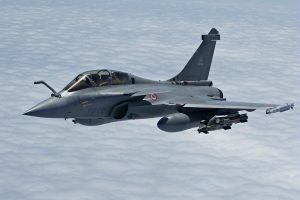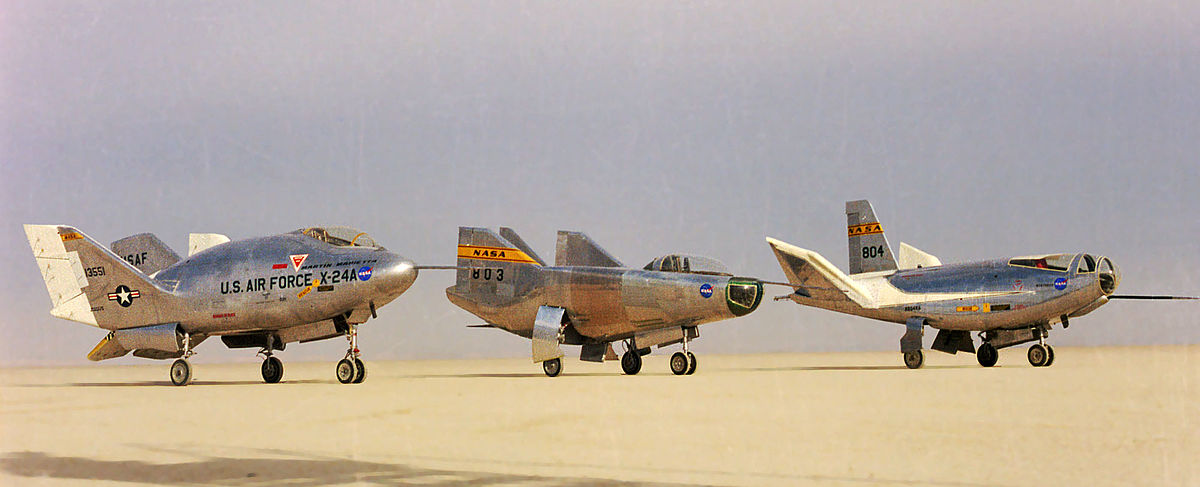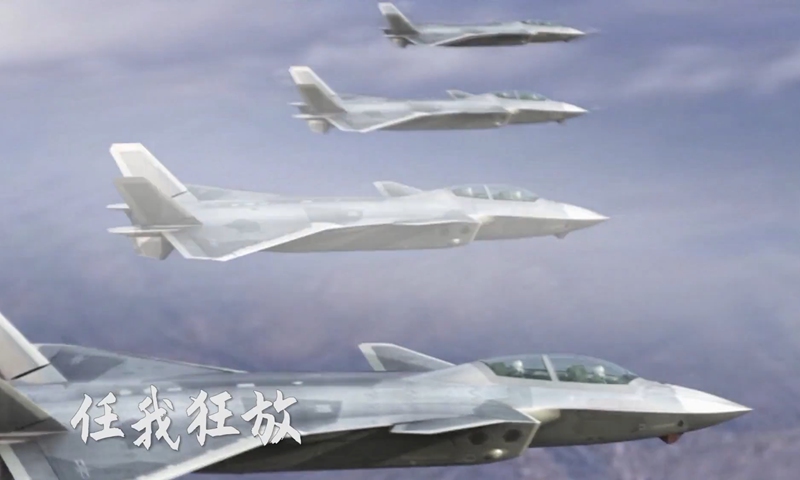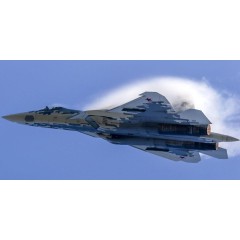Any stealth aircraft can be detected by any other radar-equipped aircraft at a particular range, or if the stealth aircraft is spoiling its own stealth via Luneberg lenses for exercises or to let others know they're there.The J-20's RCS is too great to avoid detection by any decent long range radar. It's a mistake to automatically assume that the J-20 has 5th generation level RCS reduction, because it's doubtful that China currently possesses the technology to hide the radar, canopy and other high RCS features of the J-20 from enemy radar, which also explains why they kept the canards in spite of them being detrimental (an order of magnitude) for RCS.
The reports that the Su-30MKI detected the J-20 at several km is consonant with what we know about stealth technology; a decent X-band radar can detect the F-22 at its optimum angle and azimuth (RCS on stealth craft vary tremendously based on angle and azimuth), yes, but you'd expect it at around 40 km or so with state of the air technology. Tracking should be around 20 km.
But of course, this is an Indian forum and assuming that the InA can defeat the weak Chinese is par for course here.











